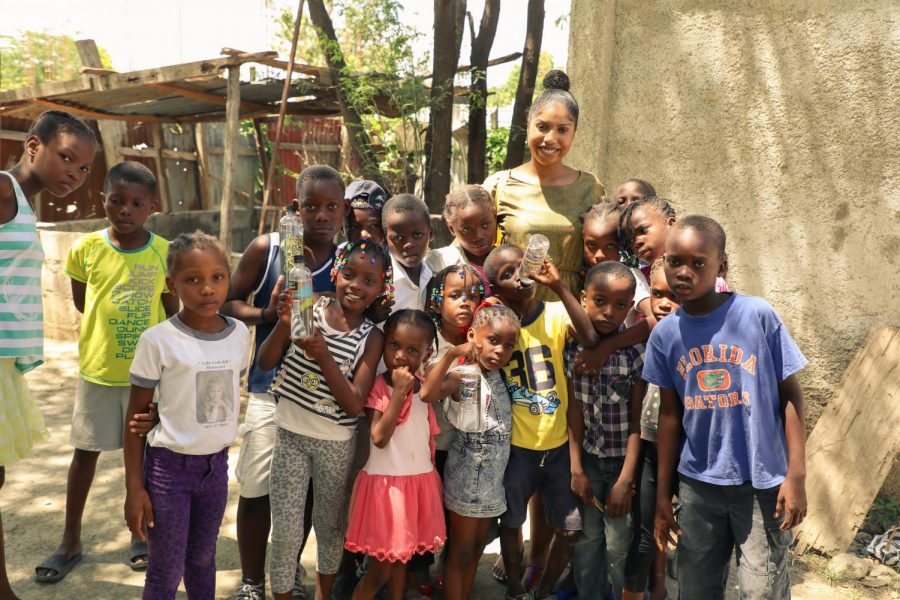
Tens of thousands dead. More than one million left homeless. Billions of dollars in collateral damage.
The Jan. 12 earthquake that hit Haiti’s capital city, Port-au-Prince, has absolutely crippled a country whose citizens were hardly getting by before last Tuesday‘s disaster.
With an estimated 50,000 dead and scores more injured, the 7.0 magnitude earthquake that struck Haiti has forced the poorest country in the Western Hemisphere to rely almost solely on foreign aid in order to survive. The Marquette community has not been unaffected in what is being called one of the worst natural disasters in a century.
Sameena Mulla, an assistant professor in the College of Arts & Sciences, was in Jacquet, a suburb of Port-au-Prince, visiting family when the earthquake hit. Mulla was in her sister-in-law’s second floor apartment when the quake hit, she said in an e-mail.
“When it started, my first thought was that someone was bulldozing the building, and as the pressure and shaking grew, my husband and I looked at each other and yelled, ‘earthquake,’ before trying to head toward the door,” Mulla said. “The force (of the earthquake) threw us to the ground and we were unable to get up.”
“We heard buildings trembling and crashing around us; lots of broken glass as things fell to the floor,” she added. “It was very disorienting. As we crawled toward the door, I kept my eyes on the ceiling to see if it was collapsing on us.”
The devastation caused by the earthquake was due in part to the lack of building regulations in Haiti and overcrowding, according to Clifford Thurber, a professor of seismology at the University of Wisconsin-Madison and an expert on earthquakes.
“The construction quality in Haiti is just filled with substandard engineering,” Thurber said. “The buildings are filled with weak concrete. Even the National Palace had chunks of concrete fall from it.”
Thurber pointed out that the 1989 quake in Northern California had almost the exact same magnitude as Haiti’s earthquake, and yet there were only 63 deaths in the Bay Area’s quake, compared to thousands in Haiti.
Part of the reason for this disparity is the earthquake that hit Port-au-Prince was centered just outside the city, while the San Francisco quake was centered in the Santa Cruz Mountains, Thurber explained.
However, the disaster in Haiti did not end when the earthquake did.
Haiti had few viable concrete roads before the quake, and now those roads are filled with building debris.
These roads are needed to transport the thousands of tons of supplies being flown into Haiti each day, and so medical teams, construction crews and search-and-rescue squads can reach the injured Haitian people, especially those who have yet to receive medical treatment.
“People are beginning to run out of water and food,” Mulla said. “We started to see some relief workers (Friday), which is excellent, but it is still not enough. We hope to see more workers in the neighborhood the next few days.”
Besides the destruction that is visible in every corner of Port-au-Prince, there are unbelievable stories of survival. As late as Monday, survivors were still being pulled from the rubble in Haiti. Many Haitians feel fortunate to have lived through such a harrowing experience.
“My close family sustained only minor injuries,” Mulla said. “I am convinced this is a miracle.”




Marshall Caplinger • Jan 30, 2010 at 10:44 pm
Just killing some time on Stumbleupon and I found your article . Not normally what I like to learn about, but it was certainly worth my time. Thanks.